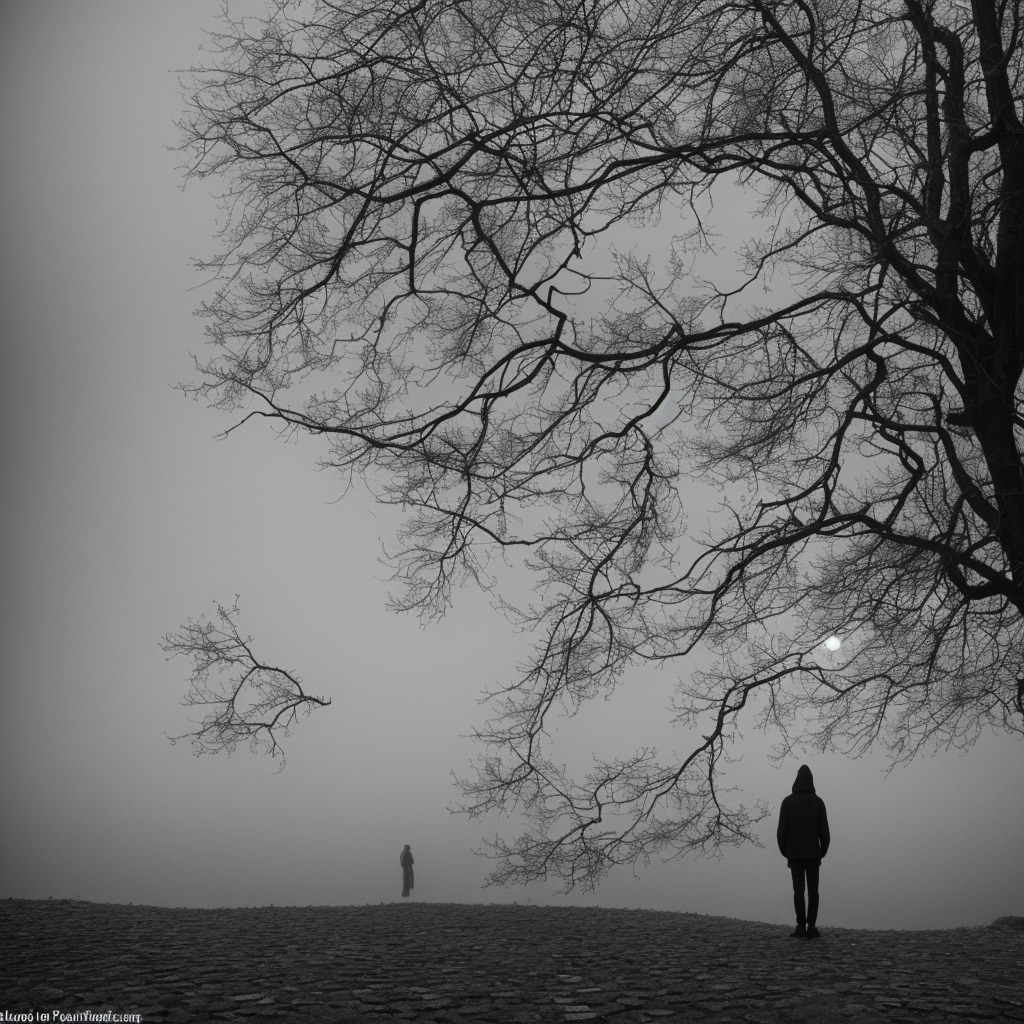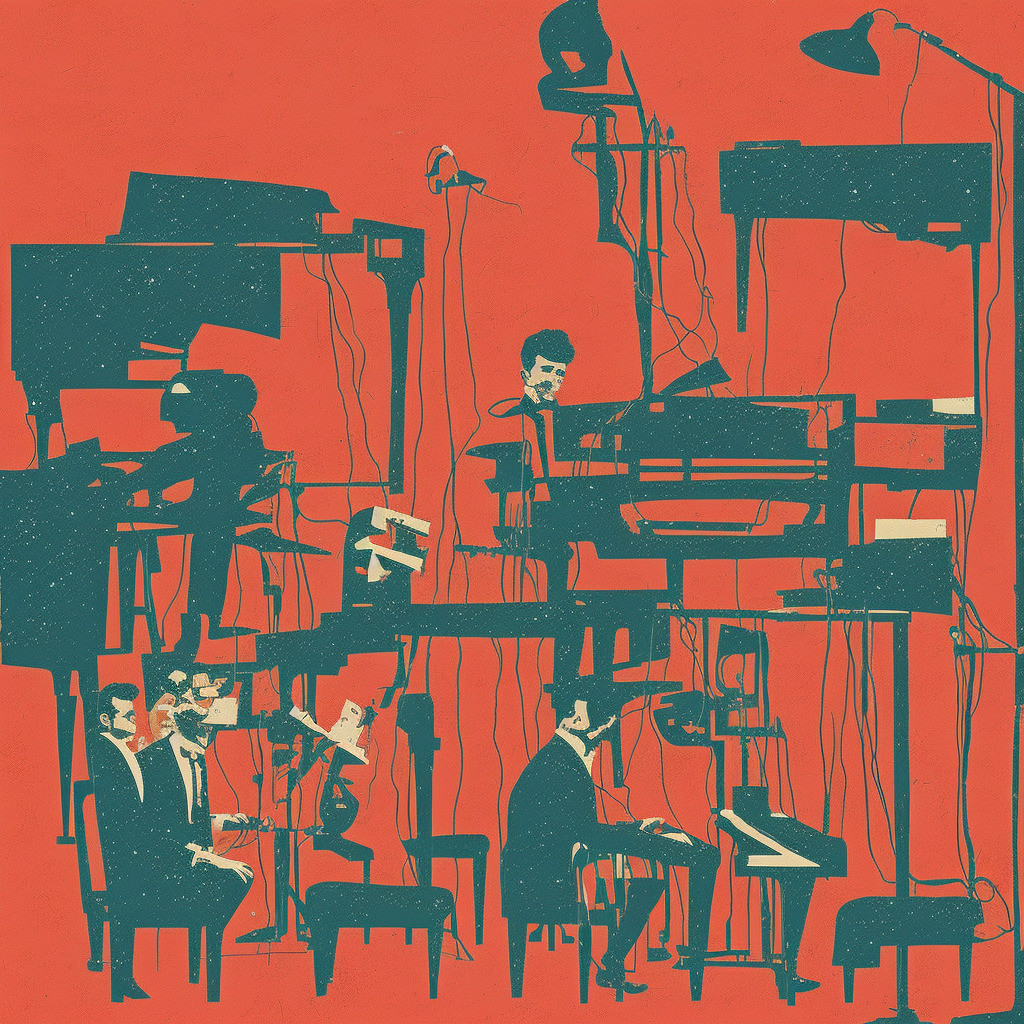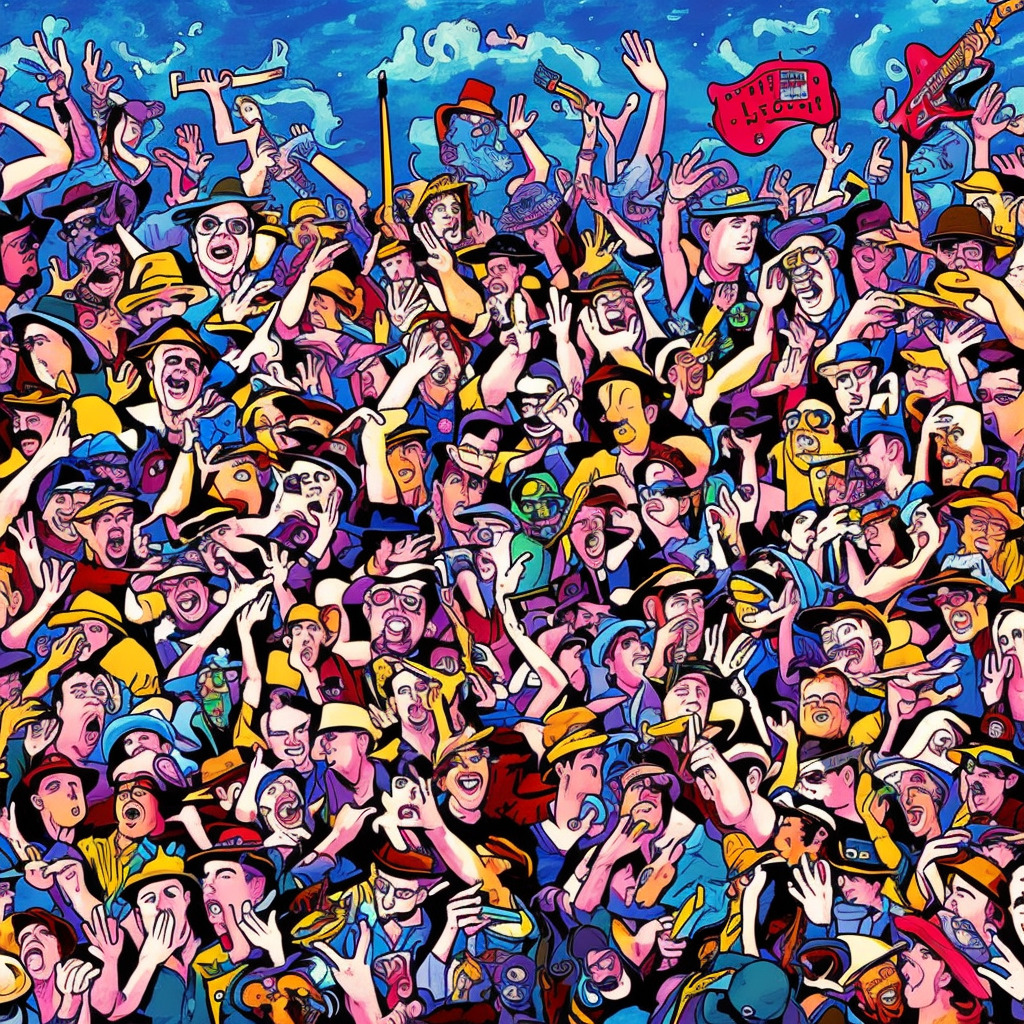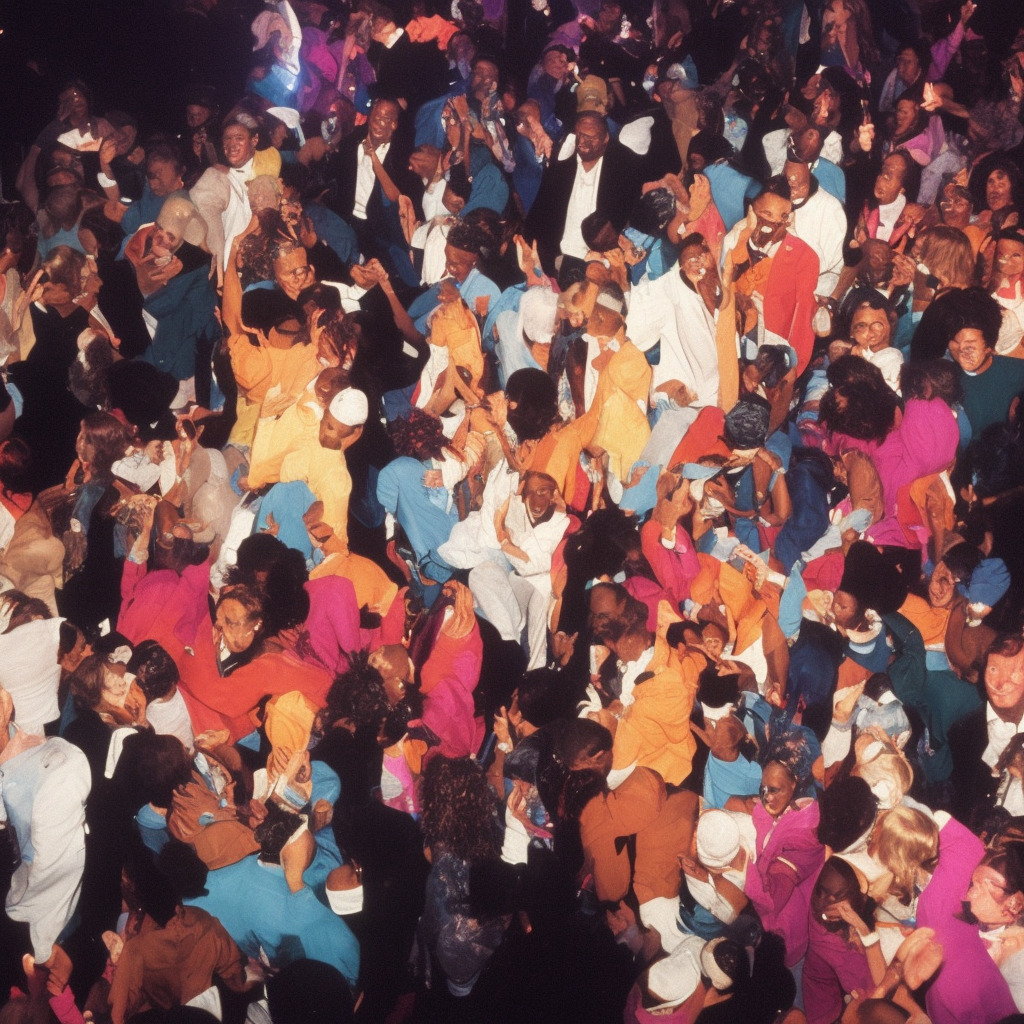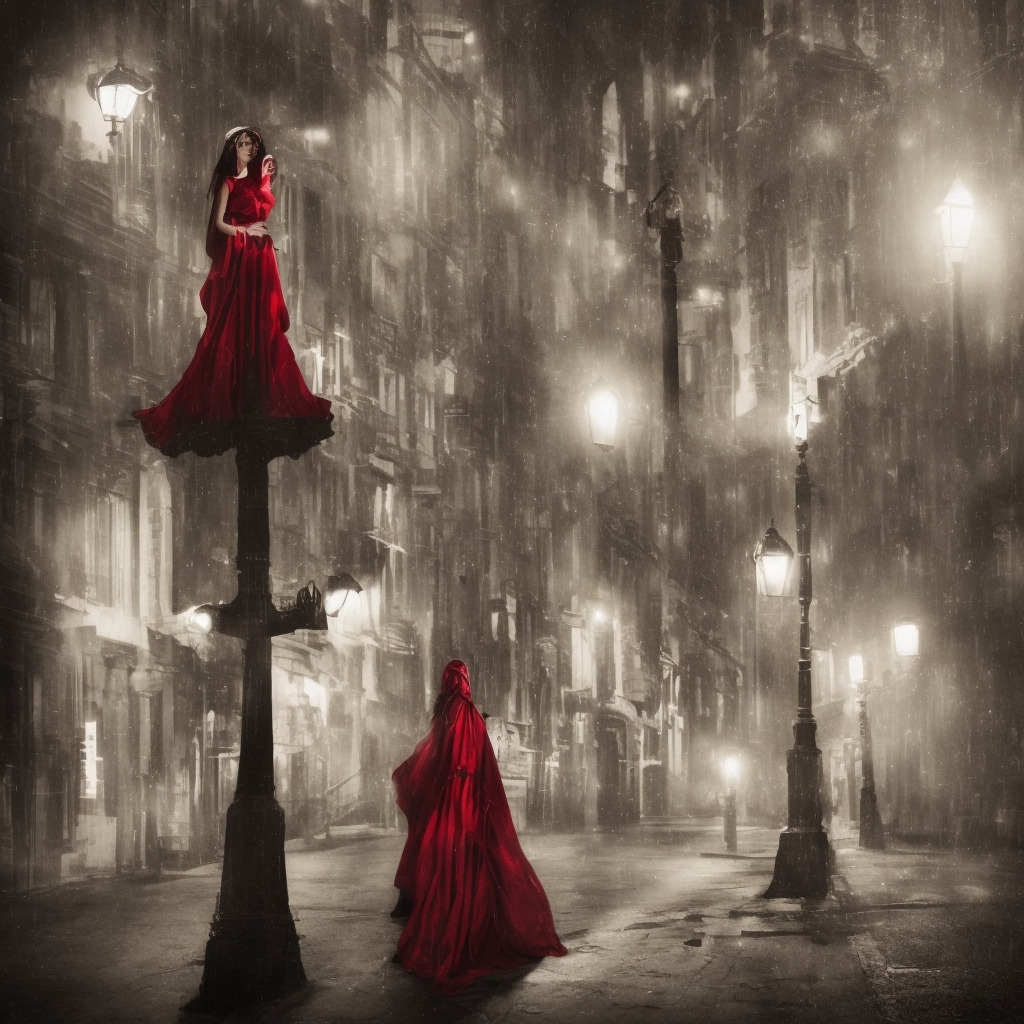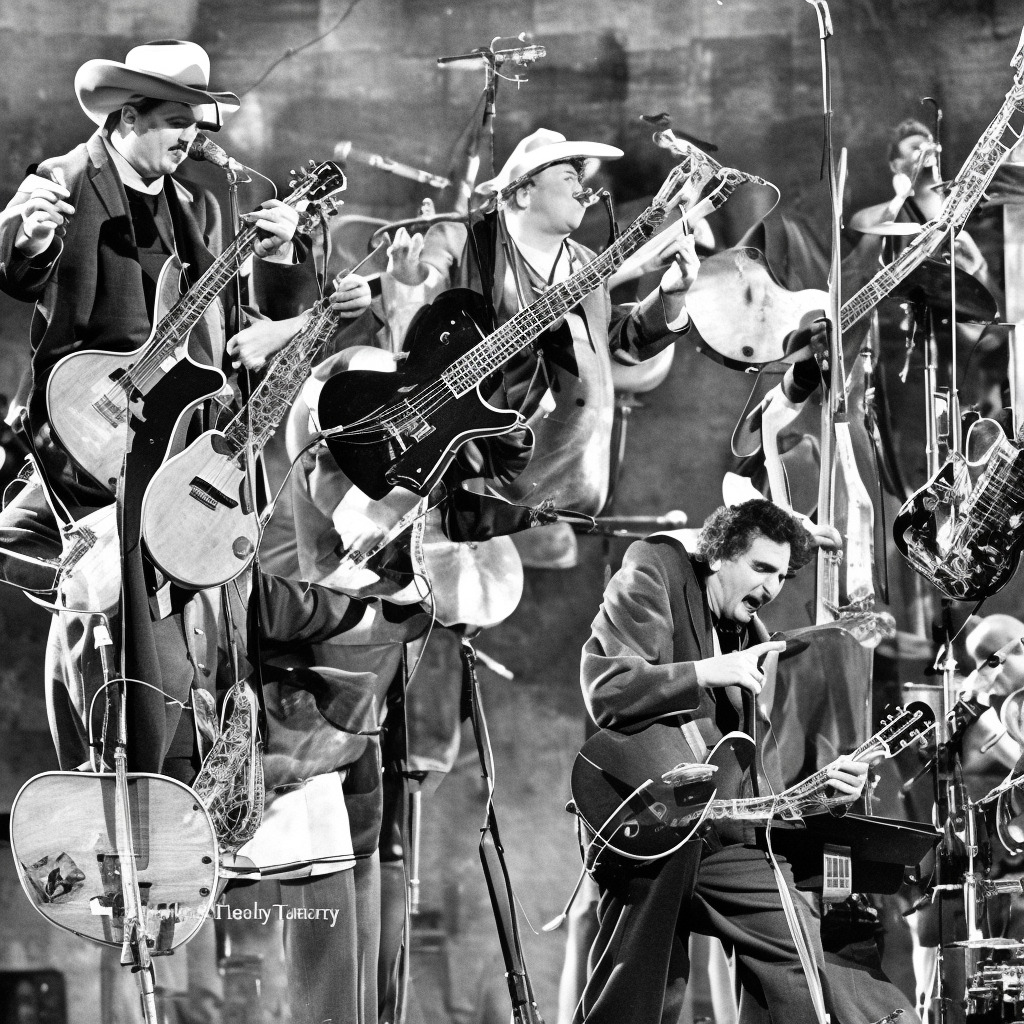? Did you know? “The Sound of Silence” was initially a flop but soared to #1 after adding electric instruments! ? Simon & Garfunkel’s timeless tune still speaks volumes in today’s noisy world. ? #FunFact #MusicTrivia #ClassicFolkRock #SimonAndGarfunkel ? Read about it: tinyurl.com/ycycja8x
Unraveling the Timeless Impact of a Folk-Rock Duo
“Simon & Garfunkel’s ‘The Sound of Silence’ – a haunting cultural touchstone echoing through time, transcending generations with introspective lyricism and soul-stirring harmonies.”
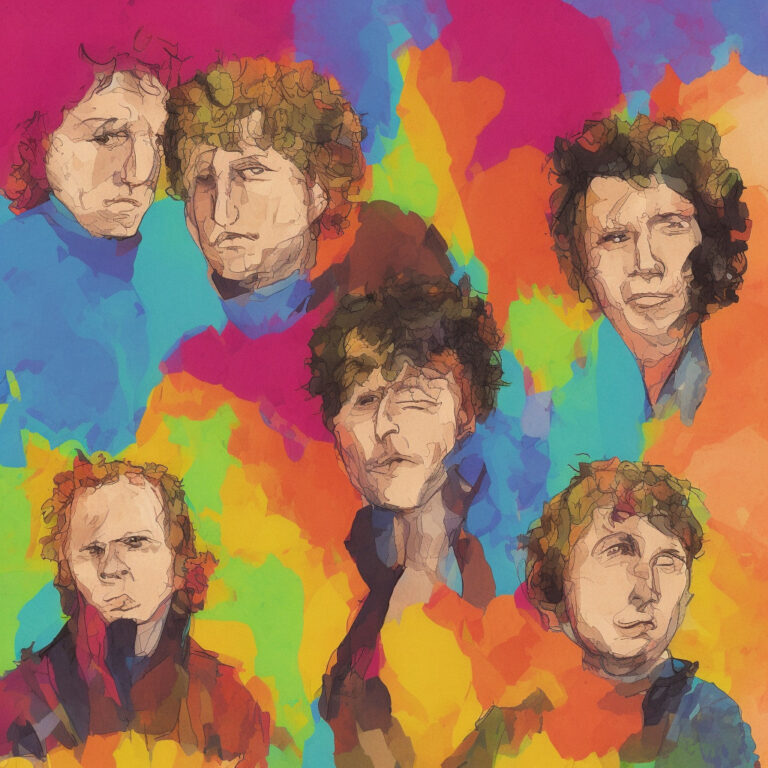
The unmistakable harmonies and timeless lyrics of Simon & Garfunkel still resonate today, more than five decades after Paul Simon and Art Garfunkel first joined forces to create their unique blend of folk and rock music. It seems fitting to delve deeper into their song, “The Sound of Silence,” which catapulted them into the spotlight and marked the beginning of their incredible journey.
The duo met in the 1950s while still in school and initially performed under the name Tom & Jerry before adopting their now-famous moniker. Their debut album, “Wednesday Morning, 3 A.M.,” was released in 1964, featuring an acoustic version of “The Sound of Silence.” However, it wasn’t until producer Tom Wilson added electric guitar, bass, and drums to the track in 1965 that the song caught the public’s attention and climbed the charts, reaching No. 1 on the Billboard Hot 100 in 1966.
“The Sound of Silence” has since become a symbol of introspection and a commentary on societal disconnect, qualities that have always been a hallmark of Simon & Garfunkel’s songwriting. While some critics argue that the duo became overly reliant on the same brand of melancholic introspection throughout their career, there’s no denying the significance of their poignant lyrics and soothing harmonies within the music landscape of the 1960s.
Simon & Garfunkel went on to release a string of successful albums, including “Parsley, Sage, Rosemary and Thyme” (1966), “Bookends” (1968), and the ever-popular “Bridge Over Troubled Water” (1970). Their work has been acknowledged with multiple accolades, collecting 10 Grammy Awards, an induction into the Rock and Roll Hall of Fame (1990), and a Grammy Lifetime Achievement Award (2003).
Though the pair disbanded in 1970, their music has endured, and they have reunited periodically over the years for special performances. Fans continue to cherish the soul-stirring quality of their songs, especially “The Sound of Silence,” which has become a cultural touchstone and a testament to the duo’s enduring legacy.
In conclusion, Simon & Garfunkel’s “The Sound of Silence” stands as a pivotal moment for the duo, as it not only launched their career but also provided an enduring soundtrack to an evolving society. The song’s poignant lyrics and haunting melody continue to echo through time, proving that the impact of this folk-rock pairing is anything but silent.
Charting the Path of a Timeless Classic
From its 1960s chart-topping success to its haunting 2016 resurgence, “The Sound Of Silence” remains a timeless classic that continues to captivate generations with its melancholic melody and poignant lyrics.

As a testament to its timeless appeal and resonance, “The Sound Of Silence” achieved great chart success upon its release, and has maintained its popularity over the decades. Simon & Garfunkel’s melancholic classic was initially released on October 19, 1964, as a part of their debut album, “Wednesday Morning, 3 A.M.” However, it was the remixed, electric version of the song, released in September 1965, that caught the attention of listeners and catapulted it to stardom.
The remixed version of “The Sound Of Silence” initially entered the charts on November 27, 1965, at number 80 on the US Billboard Hot 100. It continued to rise steadily, eventually reaching its peak chart position of number 1 on January 1, 1966, where it held the top spot for two consecutive weeks. The song’s ability to dethrone The Beatles’ “We Can Work It Out” and maintain the coveted position amidst fierce competition speaks volumes about its impact and staying power.
Not only did “The Sound Of Silence” top the charts in the United States, but it also achieved significant success internationally. In the United Kingdom, the song entered the charts on April 14, 1966, and climbed to its peak chart position of number 9. Additionally, the song reached number 2 in Canada, number 6 in Australia, and number 13 in the Netherlands.
“The Sound Of Silence” also made a remarkable comeback in 2016, when the band Disturbed released a hauntingly powerful cover version that gained widespread acclaim. This rendition debuted at number 42 on the Billboard Hot 100, proving the song’s enduring appeal even half a century after its initial release.
Needless to say, the chart success of “The Sound Of Silence” is a testament to the lasting impact and resonance of this Simon & Garfunkel classic. It’s a song that transcends time and continues to captivate listeners with its evocative melody and poignant lyrics.
Delving into the Poetic Depths of “The Sound of Silence”
Hello darkness, my old friend
I’ve come to talk with you again
Because a vision softly creeping
Left its seeds while I was sleeping
And the vision that was planted in my brain
Still remains
Within the sound of silence
In restless dreams, I walked alone
Narrow streets of cobblestone
‘Neath the halo of a streetlamp
I turned my collar to the cold and damp
When my eyes were stabbed by the flash of a neon light
That split the night
And touched the sound of silence
And in the naked light, I saw
Ten thousand people, maybe more
People talking without speaking
People hearing without listening
People writing songs that voices never share
And no one dared
Disturb the sound of silence
“Fools,” said I, “You do not know
Silence like a cancer grows
Hear my words that I might teach you
Take my arms that I might reach you”
But my words like silent raindrops fell
And echoed in the wells of silence
And the people bowed and prayed
To the neon god they’d made
And the sign flashed out its warning
In the words that it was forming
And the sign said, “The words of the prophets are written on the subway walls
And tenement halls
And whispered in the sound of silence.”
The lyrics of “The Sound of Silence” beautifully capture the societal issues and generational disconnect faced during the turbulent 1960s. The song was written by Paul Simon, one half of the legendary duo Simon & Garfunkel, after the assassination of President John F. Kennedy in 1963. It’s important to note that the song was initially released in 1964 and was later re-released with an added electric guitar and drums in 1965, skyrocketing to the top of the charts.
The lyrics emphasize the feeling of disconnection and lack of communication between people during this era. This was the time of the Vietnam War, the Civil Rights Movement, and counterculture protests, making the atmosphere charged with tension and uncertainty. The song symbolizes the desire for conversation and understanding that was desperately needed but rarely found.
The lines “People talking without speaking / People hearing without listening” illustrate this lack of meaningful communication. The chorus, “Within the sound of silence,” serves as a haunting reminder of the emptiness and isolation that was prevalent during this time.
The song’s final verse touches on the growing influence of mass media, hinting at society’s tendency to worship materialistic ideals represented by the “neon god.” The lyrics “The words of the prophets are written on the subway walls / And tenement halls” point to the fact that wisdom and insight can be found in unexpected places, often overlooked by those focused on superficial distractions.
In conclusion, the lyrics of “The Sound of Silence” serve as a powerful and poetic representation of the struggles faced during the 1960s. It’s a timeless reminder of the importance of meaningful communication and understanding in an ever-changing and challenging world.
A Visual Journey Through “The Sound Of Silence”
Embark on a visual odyssey exploring the timeless allure and profound impact of Simon & Garfunkel’s “The Sound of Silence” through fan tributes, iconic film moments, and genre-defying covers.
Despite the song’s release in 1964, an official music video for Simon & Garfunkel’s classic “The Sound Of Silence” has never been produced. However, the song’s enduring popularity has inspired various fan-created videos, visual tributes, and its use in movie soundtracks. With its evocative lyrics and haunting melody, it comes as no surprise that the song has managed to captivate generations of listeners, leading to a vast array of visual interpretations.
One of the most notable instances of “The Sound Of Silence” in film is its use in the iconic 1967 movie, “The Graduate.” Directed by Mike Nichols, the film features several Simon & Garfunkel songs, but “The Sound Of Silence” is woven throughout the movie, creating a poignant atmosphere that perfectly complements the story’s themes of alienation and self-discovery. The song’s presence in the film has only cemented its status as a timeless classic.
In the absence of an official music video, fans have taken it upon themselves to create their own visual accompaniments to the song. Many of these fan-made videos incorporate archival footage of Simon & Garfunkel performing the song live, as well as images of the duo in their prime. These nostalgic tributes not only provide a visual element for the song but also serve as a testament to the impact the duo had on the music industry during the height of their career.
Another approach taken by fans is to create lyric videos, which often feature evocative imagery that reflects the themes of the song. The lyrics for “The Sound Of Silence” are rich with metaphor and symbolism, allowing for a wide range of interpretations and artistic styles. By focusing on the song’s words, these videos highlight the poetic nature of Simon & Garfunkel’s songwriting, reaffirming its place as a true masterpiece.
In recent years, “The Sound Of Silence” has continued to resonate with audiences, as evidenced by the success of the haunting cover by the rock band Disturbed. The music video for Disturbed’s rendition, directed by Matt Mahurin, showcases the song’s darker undertones through a series of striking visuals filled with desolation and isolation. While a departure from the original folk style, this modern take on the song proves the timeless nature of “The Sound Of Silence” and its ability to connect with listeners across generations and genres.
Although there is no official music video for “The Sound Of Silence,” the variety of fan-created content, film incorporations, and cover versions demonstrate the song’s enduring legacy and its ability to inspire creativity in those who appreciate its powerful message.
The Maestro Behind “The Sound Of Silence”
If you’re a fan of “The Sound Of Silence,” you’re already well-acquainted with the brilliance of its composer, Paul Simon. Half of the iconic duo, Simon & Garfunkel, Paul Simon is a multi-talented artist and an extraordinary songwriter. With decades of experience under his belt, he has amassed a collection of songs that have touched millions of hearts worldwide. Among his most notable compositions are the soul-stirring “Bridge Over Troubled Water,” the whimsical “Mrs. Robinson,” and the evergreen “Scarborough Fair/Canticle.” Paul Simon’s unique blend of folk, rock, and world music has cemented his status as a musical legend and an inspiration for generations of musicians to come.
Accolades, Appearances, and Alluring Covers
Timeless classic “The Sound Of Silence” transcends genres and generations with Grammy wins, cinematic appearances, and captivating reinterpretations.
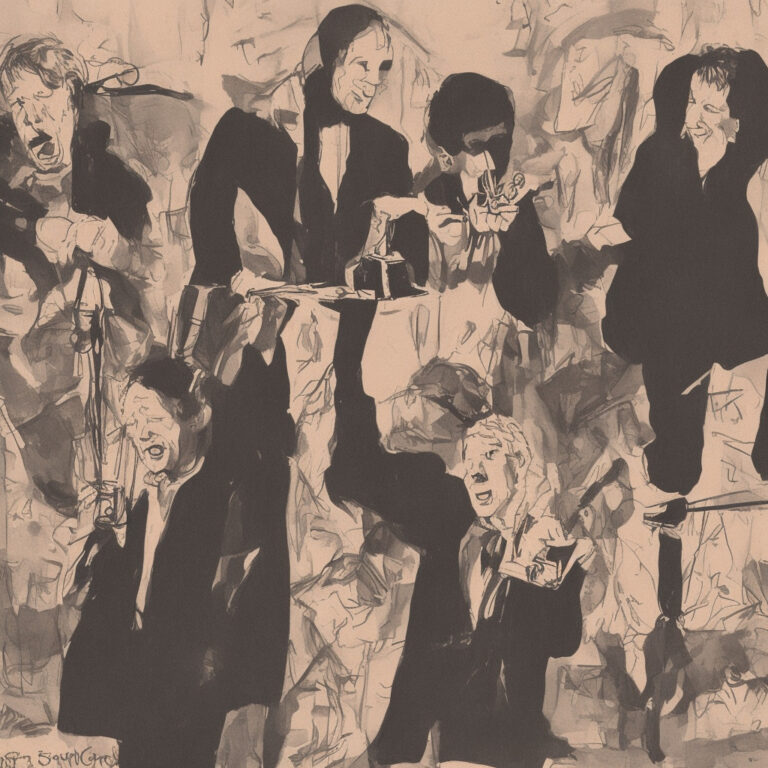
“The Sound Of Silence” has not only stood the test of time for its powerful and poignant lyrics, but it has also garnered numerous awards and accolades throughout its existence. The song was awarded two Grammy Awards in 1966 – one for “Record of the Year” and the other for “Best Contemporary Pop Performance – Vocal Duo or Group”. In 2013, it was inducted into the Grammy Hall of Fame, further solidifying its place as a true classic in the world of music.
The song’s impact has also transcended the music world, making its presence known in various forms of media. “The Sound Of Silence” has appeared in numerous films and television shows such as “The Graduate” (1967), “Watchmen” (2009), “Trolls” (2016), and the acclaimed TV series “Arrested Development”. Its haunting melodies and thought-provoking lyrics continue to captivate audiences, making it a popular choice for scoring emotional cinematic moments.
Video game fans may also recognize the song from the 2016 hit title “Gears of War 4,” where a chilling cover version by the band Disturbed is used in the promotional trailer. The song’s universality and adaptability have made it a staple in popular culture, and a favorite for artists to reinterpret.
Speaking of reinterpretations, “The Sound Of Silence” has been covered by a wide array of musicians over the years, showcasing its timeless appeal. Notable covers of the song include versions by artists such as Peaches & Herb, Dana Winner, Pentatonix, and, as mentioned earlier, Disturbed. Disturbed’s rendition, in particular, gained significant attention, reaching the top of Billboard’s Hard Rock Digital Songs chart and earning the band a Grammy nomination in 2017 for “Best Rock Performance.”
Each of these cover versions brings a unique flavor and emphasizes different aspects of the song, allowing it to live on and reach new generations of listeners. As the song’s enduring legacy continues to grow, it’s evident that “The Sound Of Silence” will remain a cultural touchstone for years to come.
Dissecting the Musical Anatomy
Delving into the musical structure of “The Sound Of Silence,” we find that the song is composed in the key of D minor. This key choice, along with its tempo of 96 beats per minute (BPM), sets the stage for the somber yet captivating atmosphere that the song emanates. The song’s chord progression follows a standard i-IV-VI-VII pattern (Dm-F-Am-C in this case), which contributes to its haunting and melancholic aura.
The song begins with a gentle fingerpicked guitar arpeggio, with Paul Simon employing the Travis picking technique, named after its creator, Merle Travis. This technique involves playing a steady bass pattern with the thumb while plucking the upper strings with the index and middle fingers, creating a lush and intricate texture that serves as the foundation for the track. This guitar work is further enhanced by the use of a capo on the 6th fret, which results in a brighter and more ethereal tonality.
As for the vocal harmonies, Art Garfunkel’s angelic tenor voice complements Simon’s lower register, adding depth and richness to the overall sound. The duo’s tight harmonies are a significant element of their signature sound and are prominently showcased throughout the song. The vocal melody itself follows a relatively simple structure, often lingering around the minor third and perfect fifth intervals. This melodic simplicity allows the poignant lyrics to take center stage and resonate with listeners.
One notable aspect of “The Sound Of Silence” is its dynamic range. The song begins softly and gradually builds in intensity, reaching its peak during the climactic final verse. This crescendo is achieved by the addition of drums, bass, and electric guitar, as well as the increased urgency in the vocal delivery. The tension then resolves with the return of the fingerpicked guitar and a haunting final repetition of the title phrase, leaving listeners with a lingering sense of contemplation.
Throughout “The Sound Of Silence,” Simon & Garfunkel demonstrate their mastery of musical elements such as harmony, melody, and dynamics. The song’s deceptively simple composition belies the complexity of its emotional impact and has helped solidify its status as a timeless classic in the annals of popular music.

